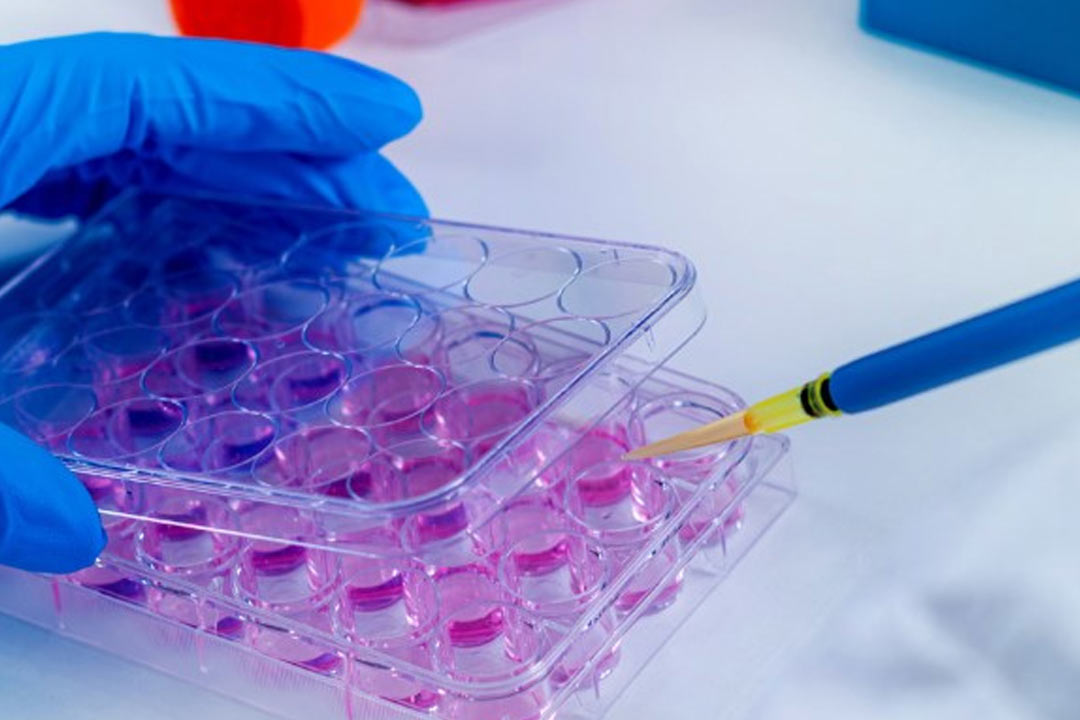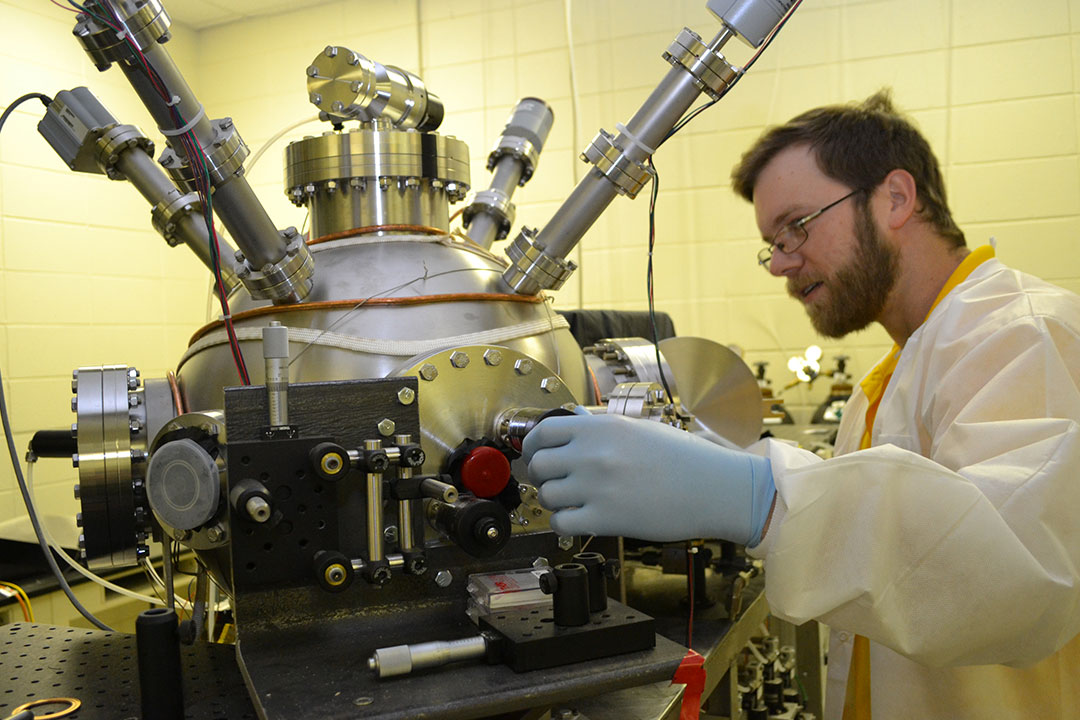Pre-Optometry
Pre-Optometry
As you become an optometrist, you'll play a major role in an individual’s overall health and well-being as the primary eye and vision care provider. Through academic and clinical training you will aquire the skills needed to perform eye examinations, vision tests, and detect medical eye care conditions or systemic diseases, such as diabetes and hypertension.
Why Consider Optometry?
Did you know that according to the World Health Organization, 1 billion people (globally) have a vision impairment that could have been prevented or has yet to be addressed? You'll play a major role in an individual’s overall health and well-being by detecting systemic diseases to prevent this impairment and care for their overall vision.
According to the U.S. Bureau of Labor Statistics, employment of optometrist is projected to grow 4 percent from 2019 to 2029, about as fast as the average for all occupations.
Explore: Optometry Pathways
Become a student at USM and obtain the necessary requirements to apply to optometry programs, with the guidance of our pathways expert!
| Undergraduate Credit Required | 90 hours or Bachelor’s degree (Preferred) |
| Exam Prep | Optometry Admissions Test (OAT) |
| Professional Schooling Required | 3-4 years of professional school; Doctor of Optometry |
| Professional Organization Websites | Association of Schools and Colleges of Optometry |
Did you know there are only 23 accredited Optometry schools/colleges in the United States? Here are some of the programs that actively recruit qualified students from USM:
- Program Directory
- University of Alabama at Birmingham (Birmingham, AL)
- Southern College of Optometry (Memphis, TN)
- University of Houston (Houston, TX)
- University of the Incarnate Word (San Antonio, TX)
Navigating the Application Process
Beginning early with the application process allows students to structure an academic plan of study. Optometry programs do not admit based on course prerequisites and GPA alone. Most programs also have a series of additional requirements, including competitive scores and high GPA (overall and prerequisite), preparing for the Optometry Admission Test (OAT), providing evidence of care for people through service and shadowing experiences, leadership roles, and more!
We encourage you to contact our pathways expert to support you in your professional development endeavors.
Some students already have a B.A. or B.S. and then decide to pursue becoming a physician. Students in this category should consult with our pre-professional office. In general, these students lack some of the science courses required by most optometry schools; in some cases, the required courses may be over 10 years old, which most optometry schools do not accept. It is common for these students to take the prerequisite science or non-science courses for optometry school at USM as post-baccalaureate students while also working on polishing their applications and taking the OAT.
Some post-baccalaureate students take the prerequisite courses as a non-degree student while other students choose a second major to pursue at USM. In either case, students must go through the University Admissions Office to be admitted (or re-admitted for former students) before enrolling in courses.
The prerequisites for admission to optometry programs are somewhat different, depending on the school, so students must consult the specific admission requirements and application deadlines for the school(s) to which they plan to apply.
Exceptional students may apply with a minimum of 90 semester hours. Those who will have a bachelor’s degree by the time of matriculation are given strong preferential consideration. All prerequisite courses must be completed prior to the summer term of the matriculation year. The deadline for applications is March 1 but it is wise to apply much earlier than the deadline.
Required Courses
- General Biology - BSC 110/L & 111/L
- Microbiology - BSC 282/L
- General Chemistry - CHE 106/L & 107/L
- Organic Chemistry - Che 255/L*
- Biochemistry - CHE 420 or 421*
- General Physics or Physics with Calculus - PHY 111/L & 112/L OR 201/L & 202/L
- Calculus I - MAT 167**
- Statistics - PSY 360 or another statistics course
- English Composition - ENG 101 & 102
- Introduction to Psychology - PSY 110
- Two social/behavioral science courses (6h total in sociology, economics, anthropology, history, political science, or additional psychology)
*The prerequisite for CHE 420 is one semester of organic chemistry (CHE 255), whereas the prerequisite for CHE 421 is two semesters of organic (CHE 255 & 256).
**MAT 114 may be accepted; students should discuss this with admissions at UAB.
The OAT is a requirement for admission to all colleges of optometry and is typically taken after the second or third year of preprofessional study. This is usually in the spring or summer prior to your application.
The test has four parts, 1. Survey of Natural Sciences (measures knowledge of Biology, General Chemistry, and Organic Chemistry), 2. Reading Comprehension, 3. Physics, and 4. Quantitative Reasoning. Students are strongly encouraged to take an online practice OAT before taking the OAT that they will use on their application.
What Should I Major In?
The “pre-optometry curriculum” is just a list of courses that are required for admission to optometry school. It is NOT an academic major, a minor, or an emphasis area. Prerequisite courses can vary between optometry schools, so it is important to check with individual schools about their requirements and deadlines.
Optometry schools do not require a particular major—pursue a major in which you feel the most comfortable with!


